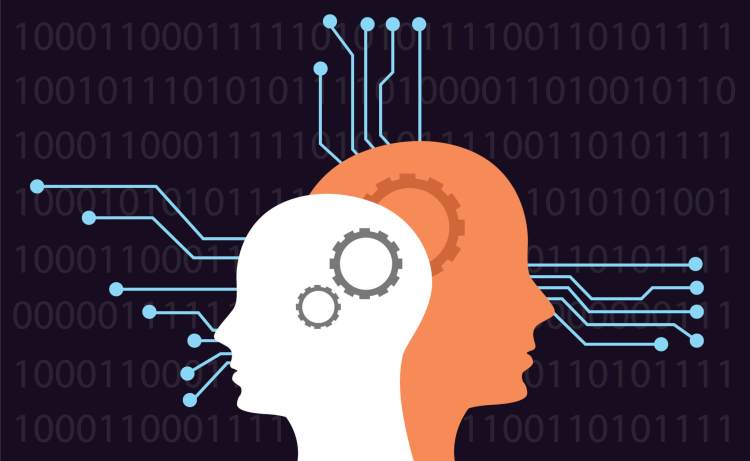It seems the entire world of people and things are connecting to the internet, with projections of 6 billion active smartphones and 50 billion connected things in use by 2020.
We’ve seen great strides in using customer identity to personalize experiences and to make better use of people’s time and attention. However, relevance is the currency of the digital economy, so it’s no longer enough to deliver personalized customer experiences — those experiences need to be smarter, faster, and in the right context.
Thanks to dramatic advances in artificial intelligence (AI) and machine learning over the past several years, we’re already seeing new AI applications for improving customer service and other areas of customer experience. For instance, chatbots powered by AI are able to field and respond to questions from customers on a variety of subjects. AI will be crucial in delivering these next-gen personalized experiences for customers, and as the conductor of the customer experience, marketers must embrace it in order to succeed.
Below are key predictions for AI that we will see in the coming year.
1. Help uncover hidden opportunities for improved customer experience
Analyzing the sheer volume of data that is being generated on a daily basis from various customer touch points creates a unique challenge that requires sophisticated technology to solve. As the volume and variety of data sources continues to expand, so too does the need to develop new ways of analysis, including the development of new algorithms and methodologies to improve performance and enable greater levels of analysis.
AI can take advantage of cloud scaling and nontraditional data analysis to consume and organize this ever-growing collection of oddly useful information. Machine learning can find deeper mathematical relationships that other systems did not consider. It can also continually re-evaluate findings against emerging current data to ignore “noise” and bring attention to behaviors that are truly new and important. AI can support data analysis to draw our attention to the things that matter — opportunities for change, including:
- Filling gaps where customers need more services
- Shifting resources for greater efficiencies
- Changing processes to meet projected growing demand
Additionally, AI can help businesses connect requests to a customer’s history, identify trends, and raise a virtual hand where new behaviors are found.
2. Identify emerging behaviors and adapt proactively
Predicting the future is hard, and it seems that there are always unexpected side effects to change. AI can help predict customer behavior by analyzing data in different ways and evaluating the alternatives, then suggesting the best business path for organizations.
Looking back through existing historical data, AI-backed applications can find patterns of “this-then-that” that can be used to sort what is happening now in your business. By effectively using your own data to seed a model of behaviors, the system can make projections based on your organization’s previous reactions to the same conditions.
By tracking the result against the prediction, the AI feedback loop makes the models better and more reliable over time. With the ability to predict alternative behaviors and shift quickly as current data changes, we’re going to see even faster delivery of products and services to our customers in 2017.
3. Extend data for a hyper-personalized UX
Today’s ever-connected customer offers myriad opportunities to companies that are willing to go that extra step in providing a personalized experience. Contextualized experience takes personalization to the next level, such as knowing where your customer is or what they’re doing at a certain point in time and tailoring the message, offer, or interaction accordingly.
There is now a greater expectation among customers for a deeper, almost predictive experience with companies, and AI is certainly assisting with the quest to meet these expectations. An abundance of available data will enable improved features and better machine learning models, generating higher levels of performance and predictability, which ultimately leads to an improved customer experience.
In the future, we expect a UX system as sophisticated and collaborative as a human. For instance, imagine software that recognizes a repetitive mechanical task and steps in to complete it for you. Or software that calibrates various methods by which a task can be completed and auto-recommends the most effective methodology.
VentureBeat's mission is to be a digital town square for technical decision-makers to gain knowledge about transformative enterprise technology and transact. Learn More

